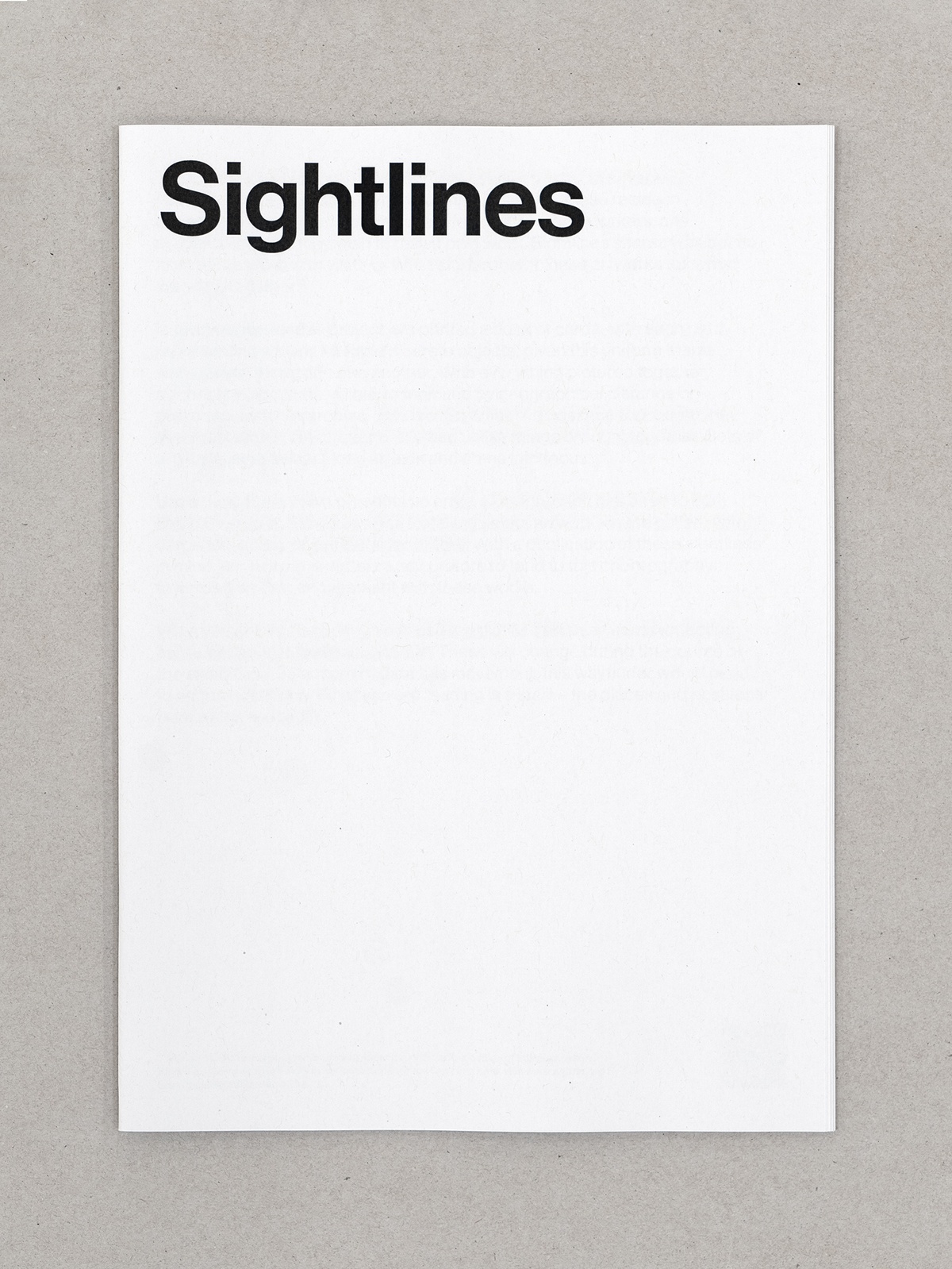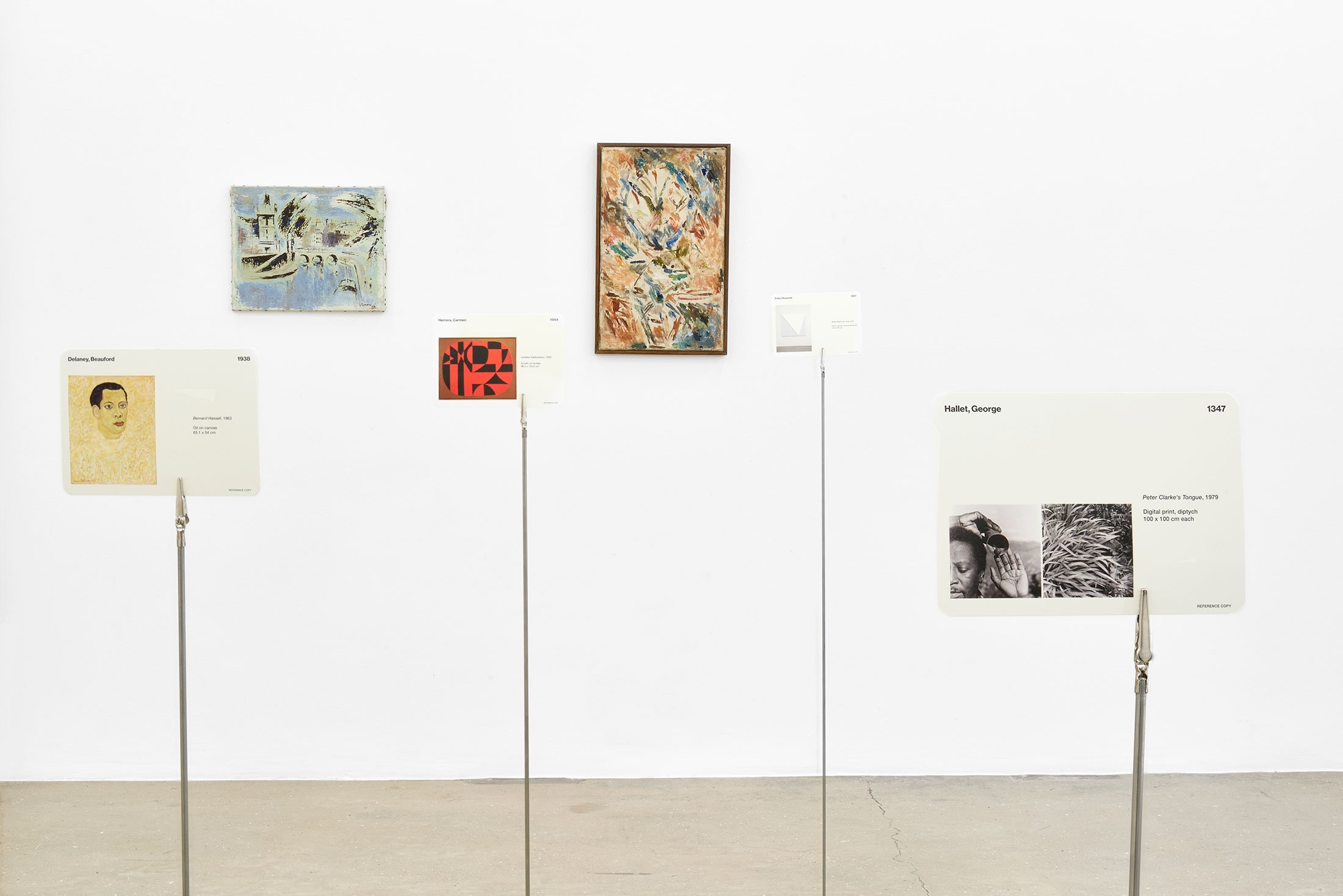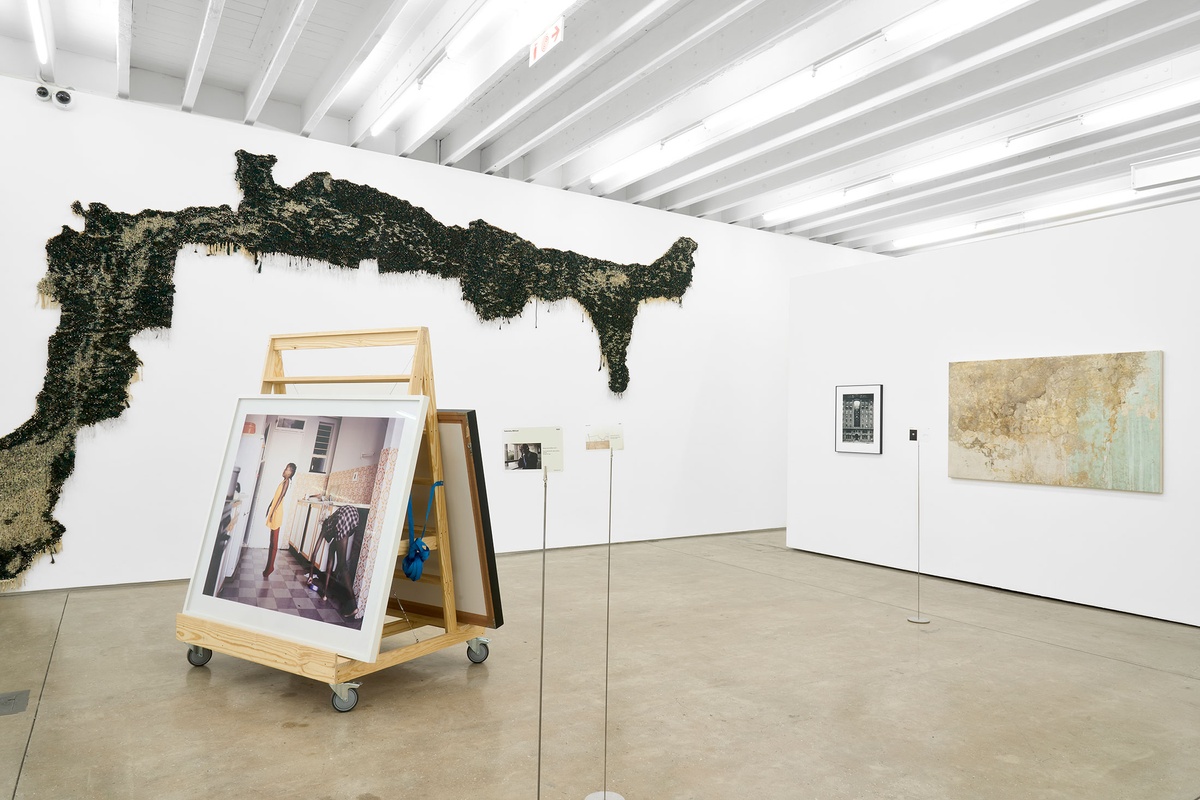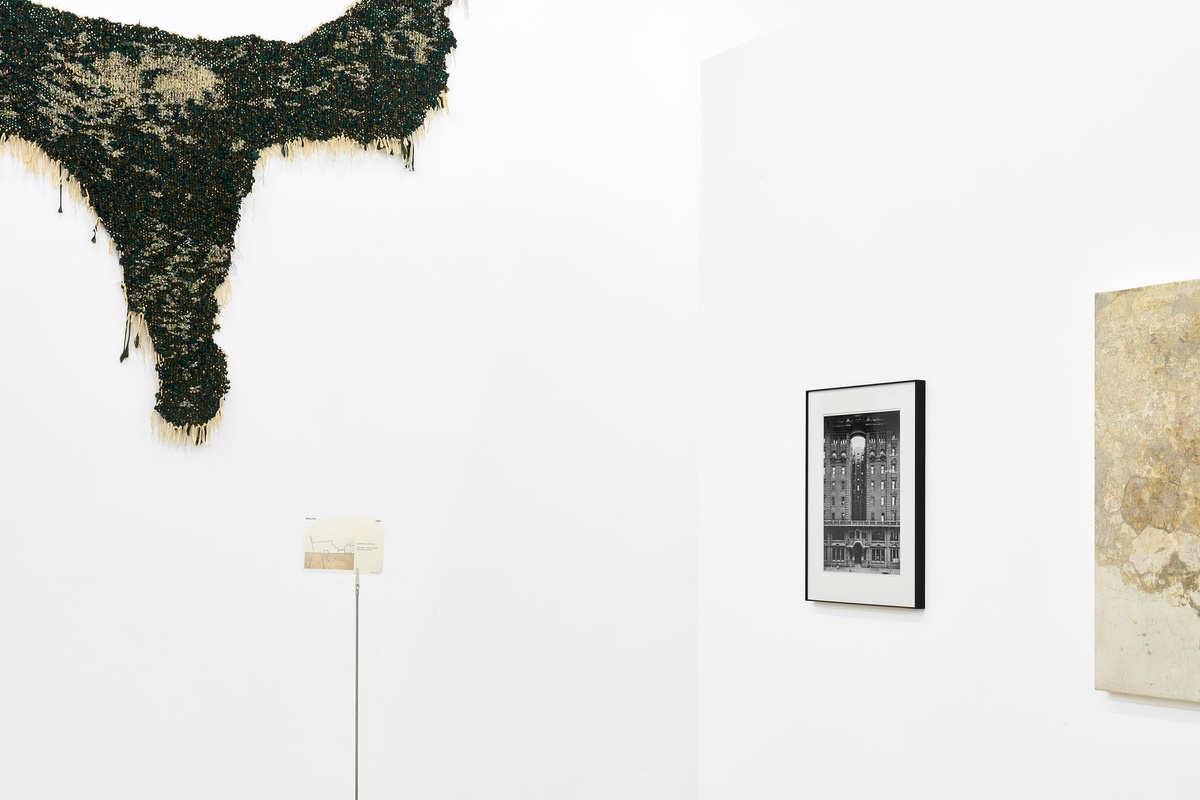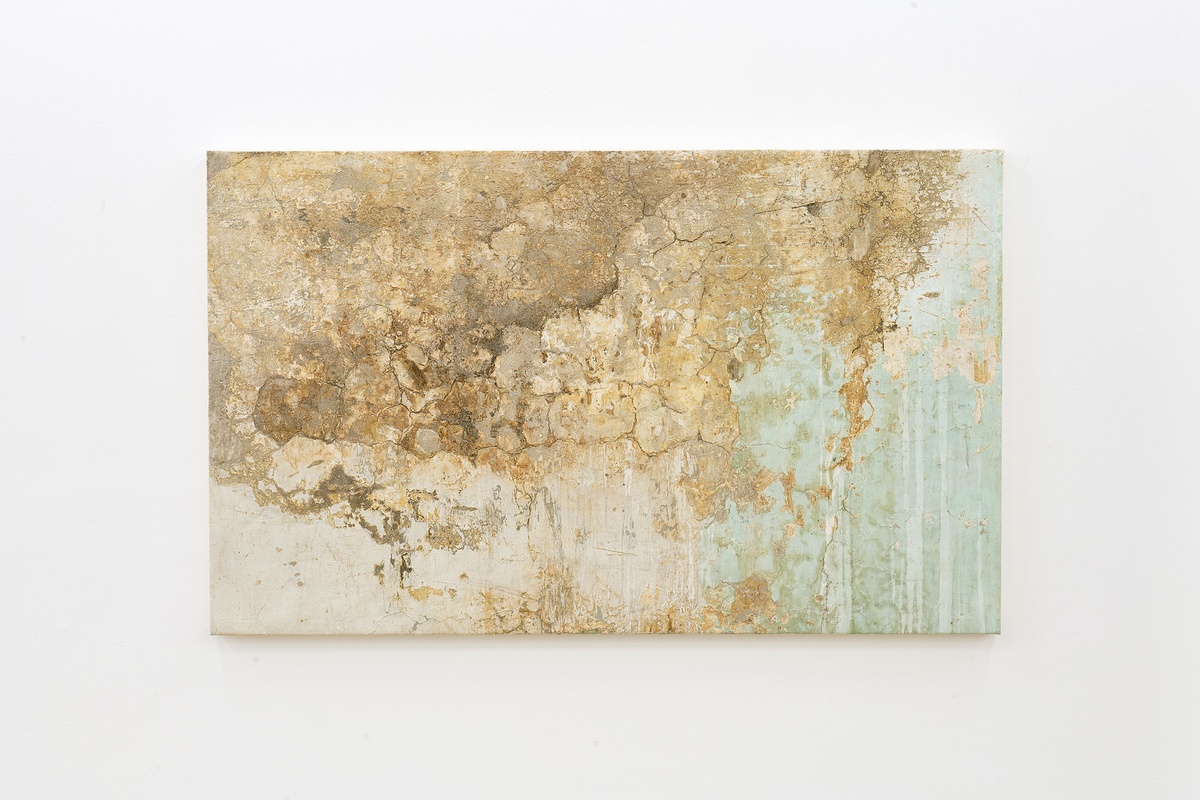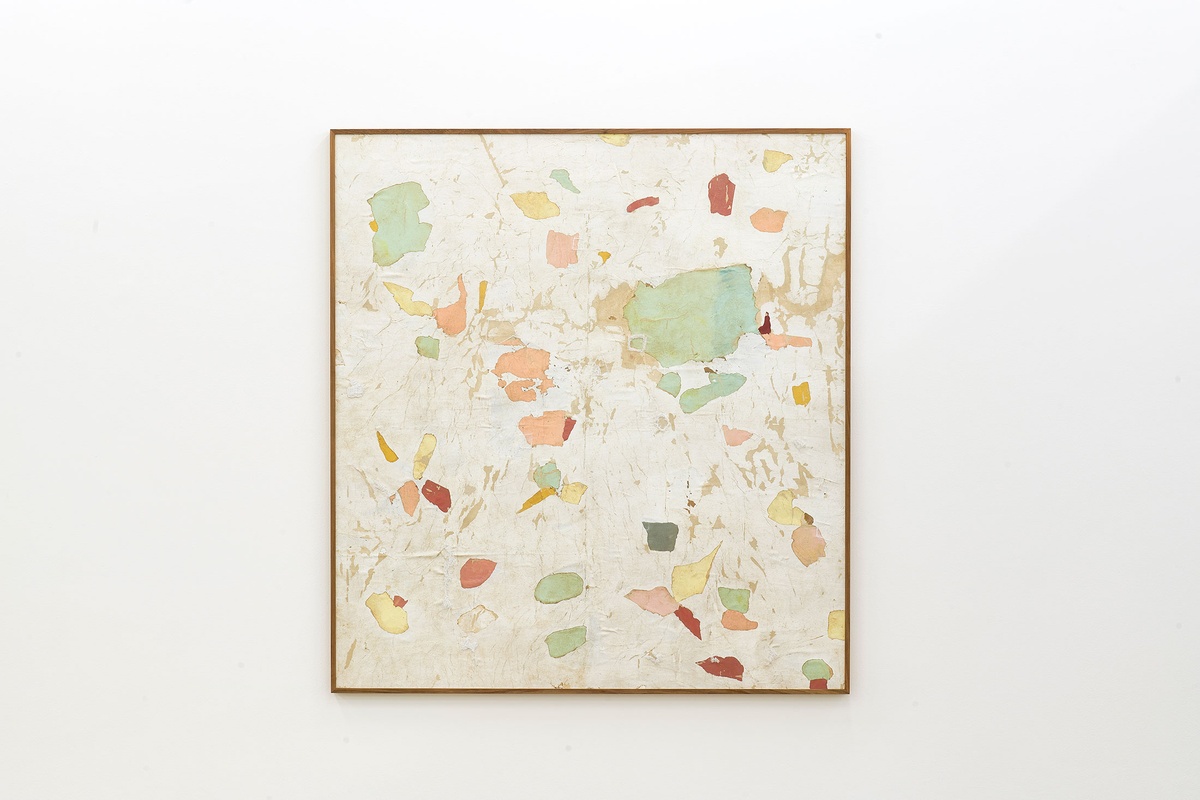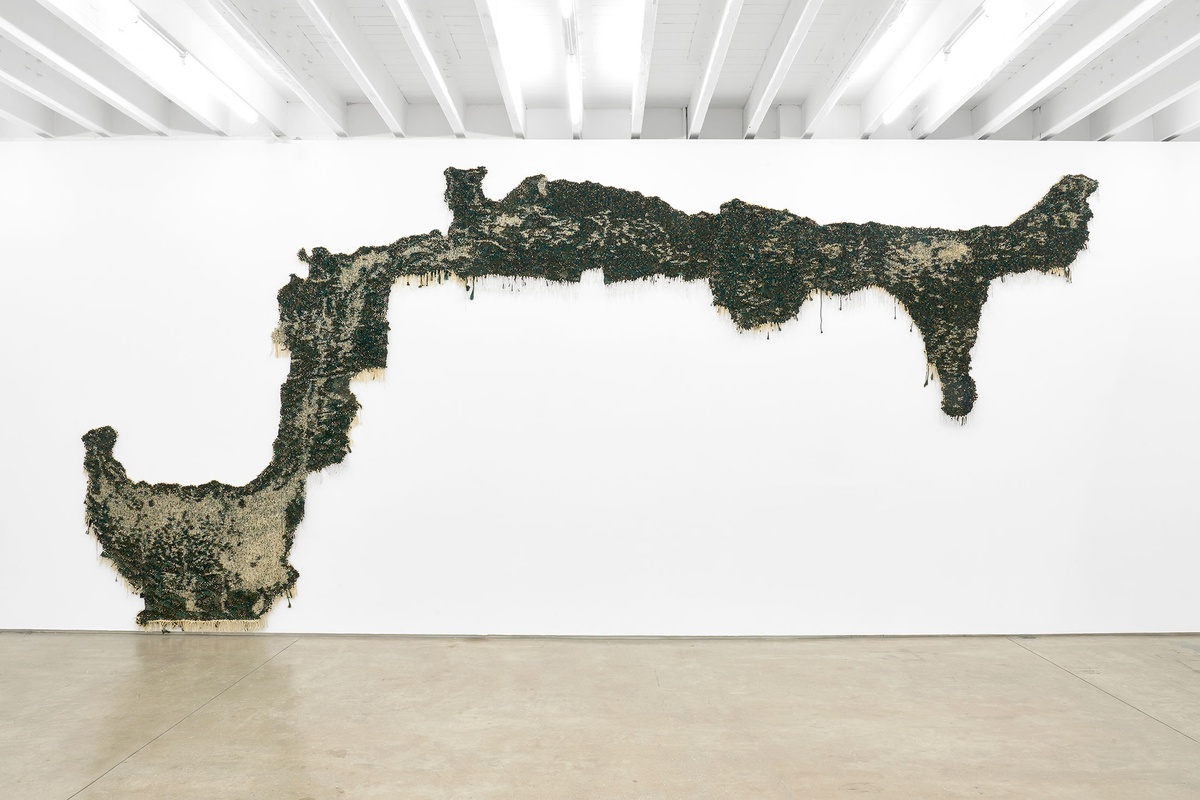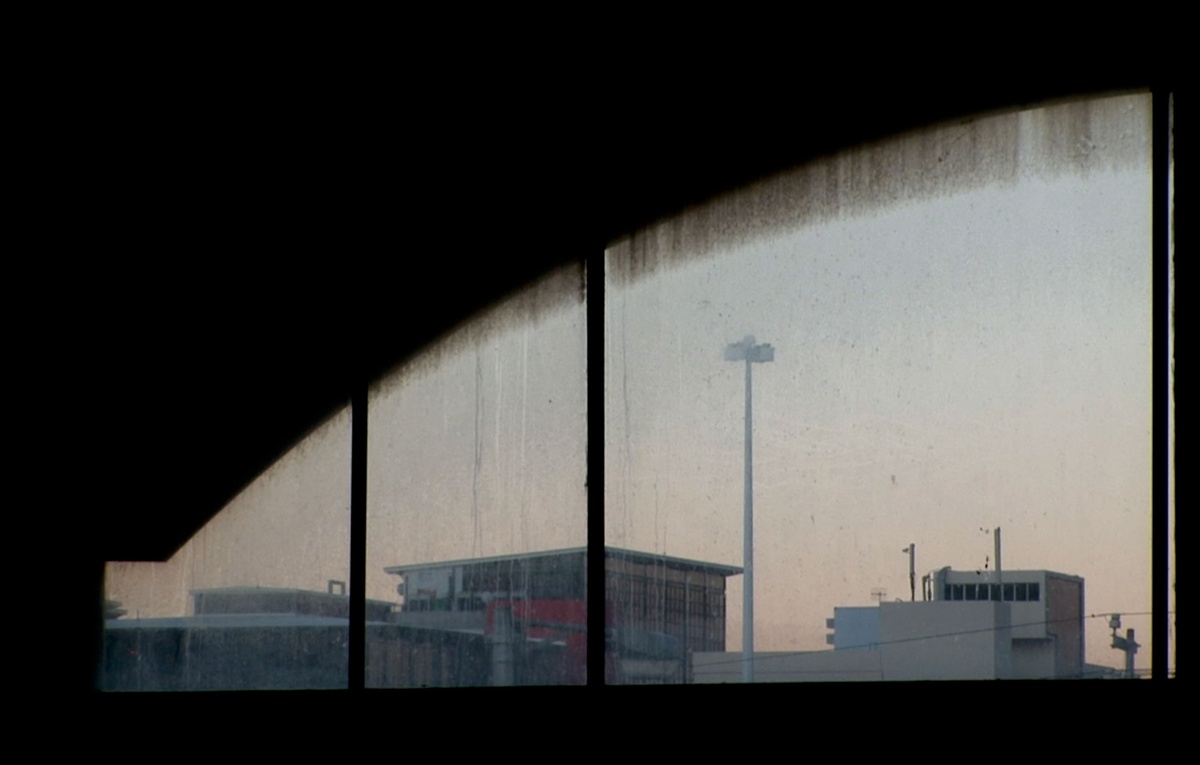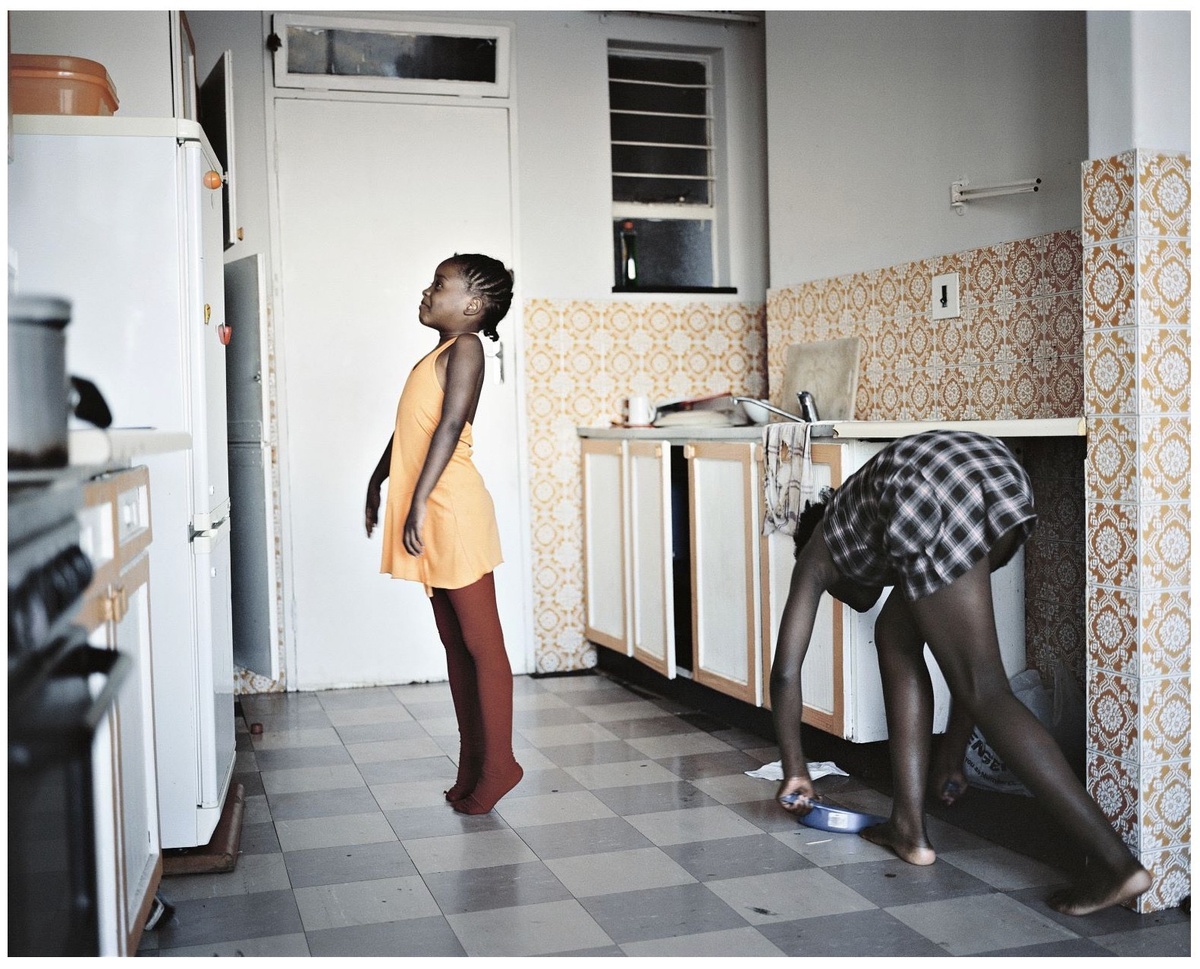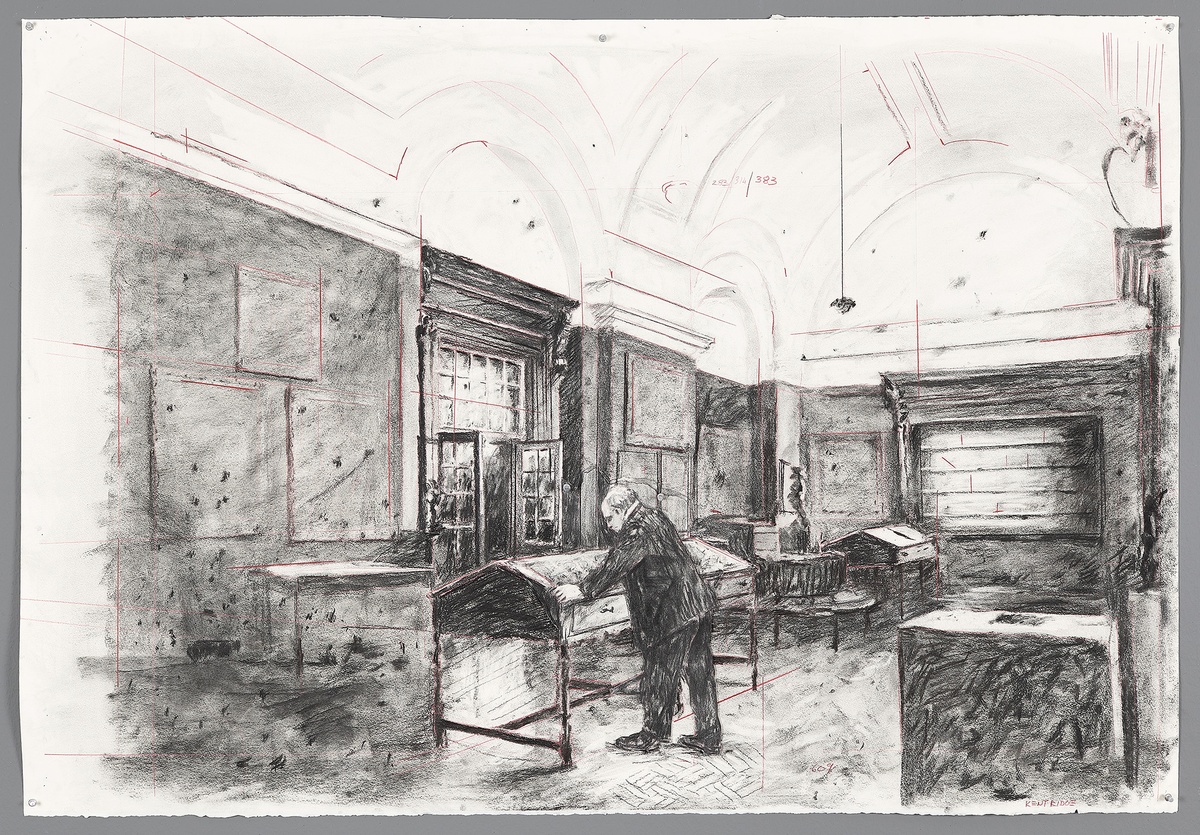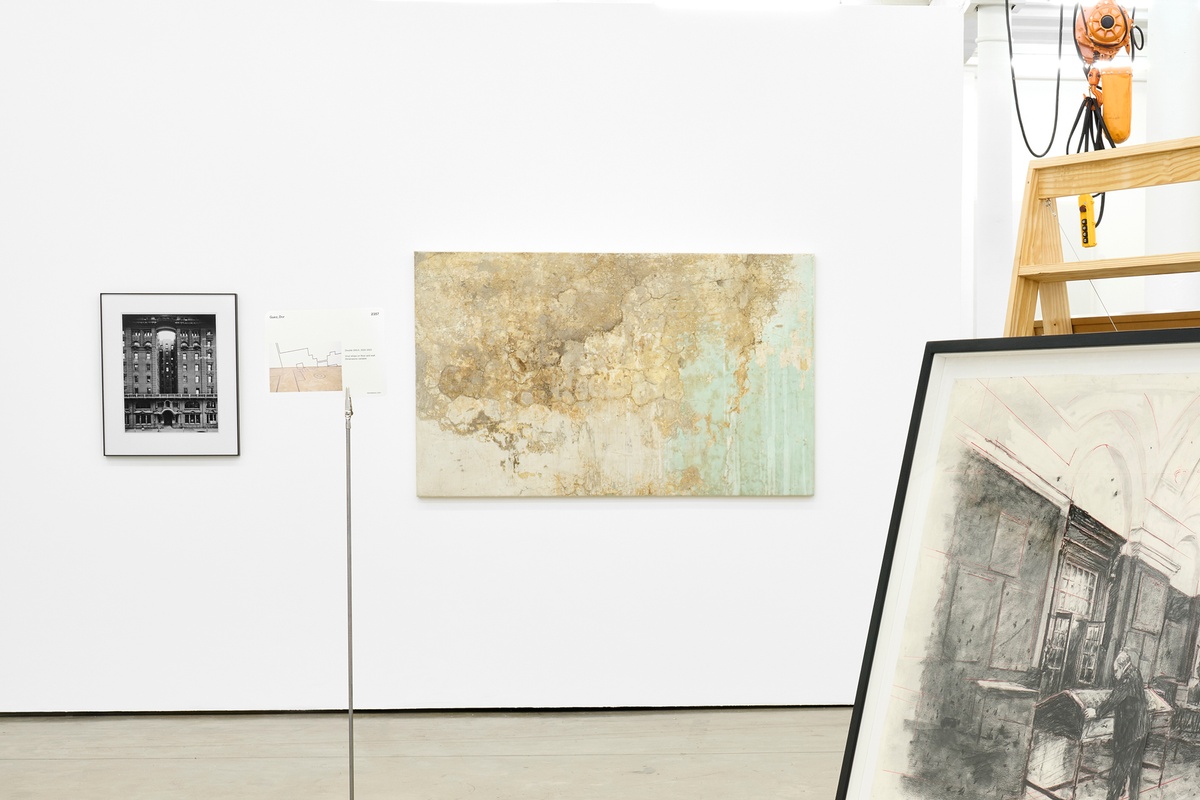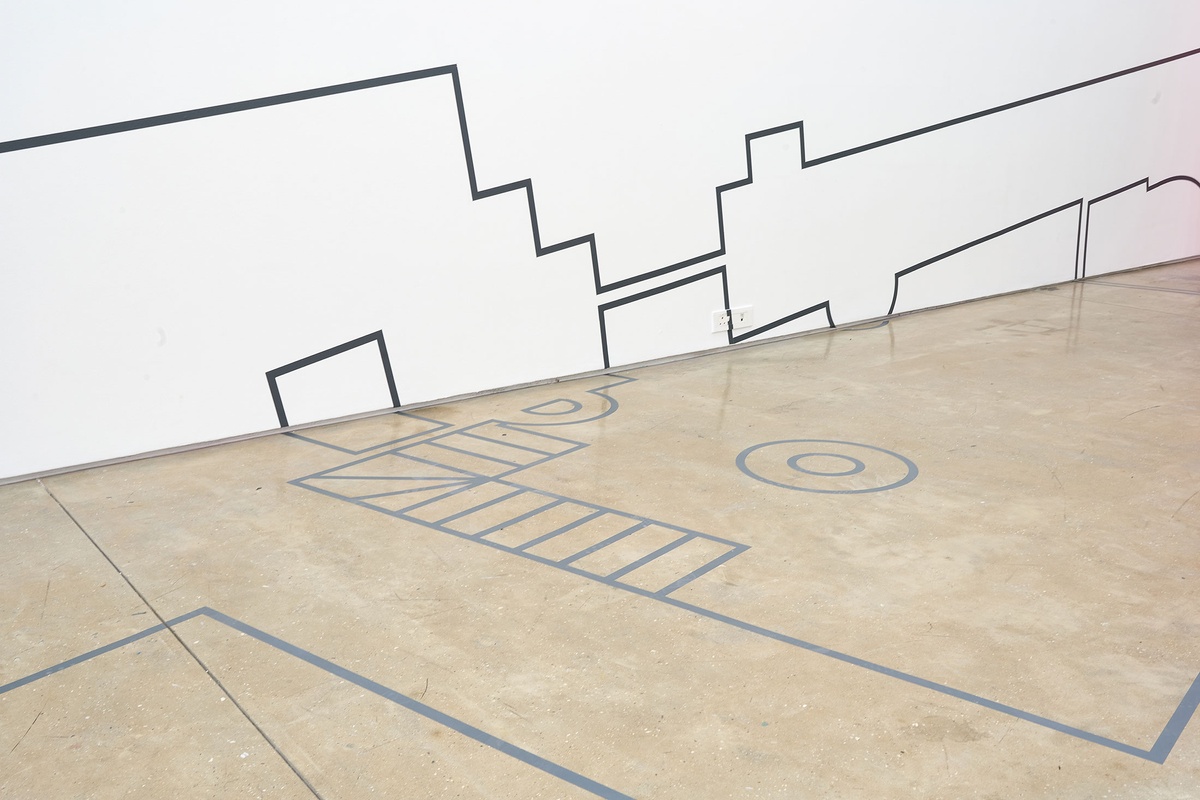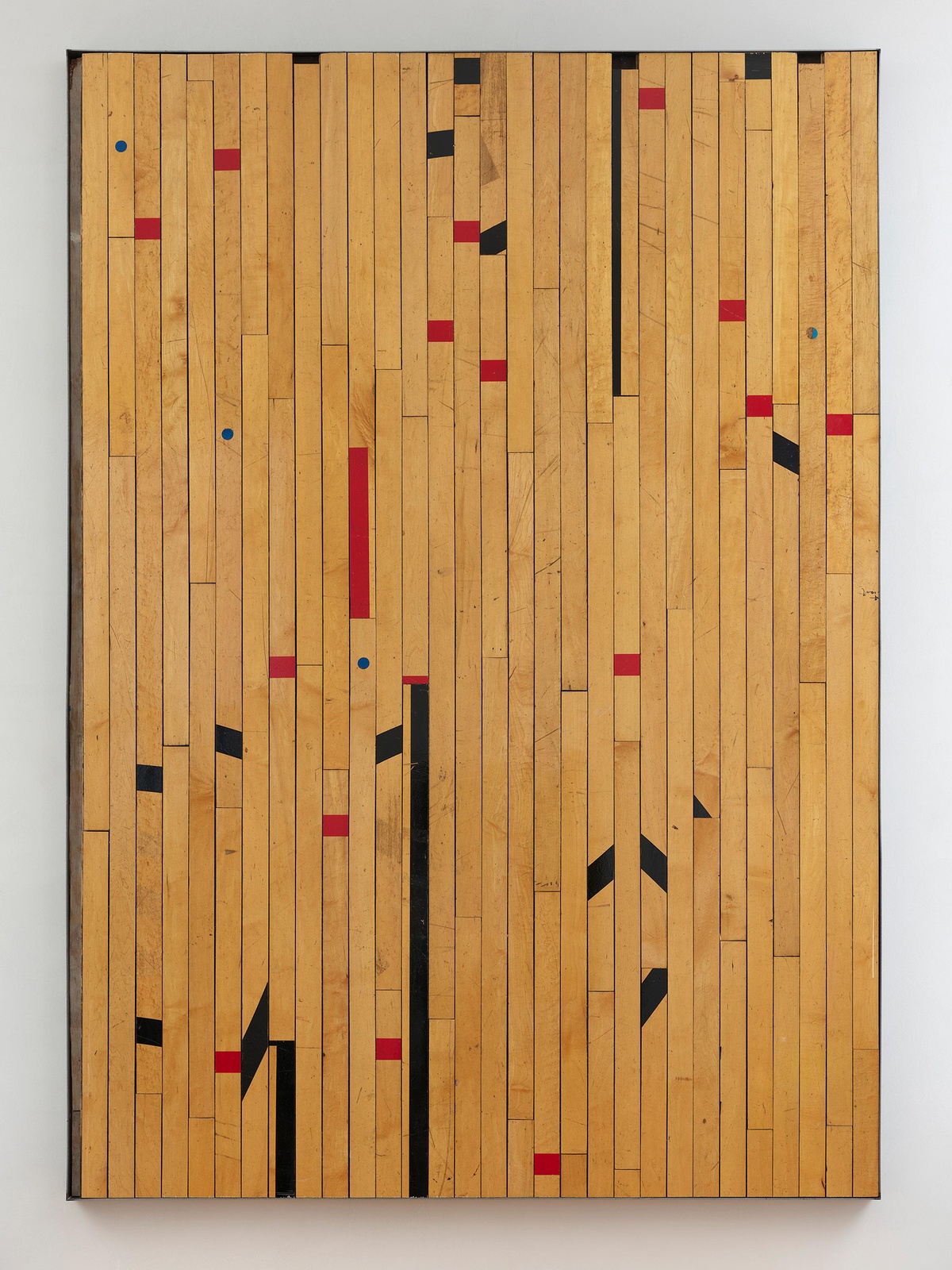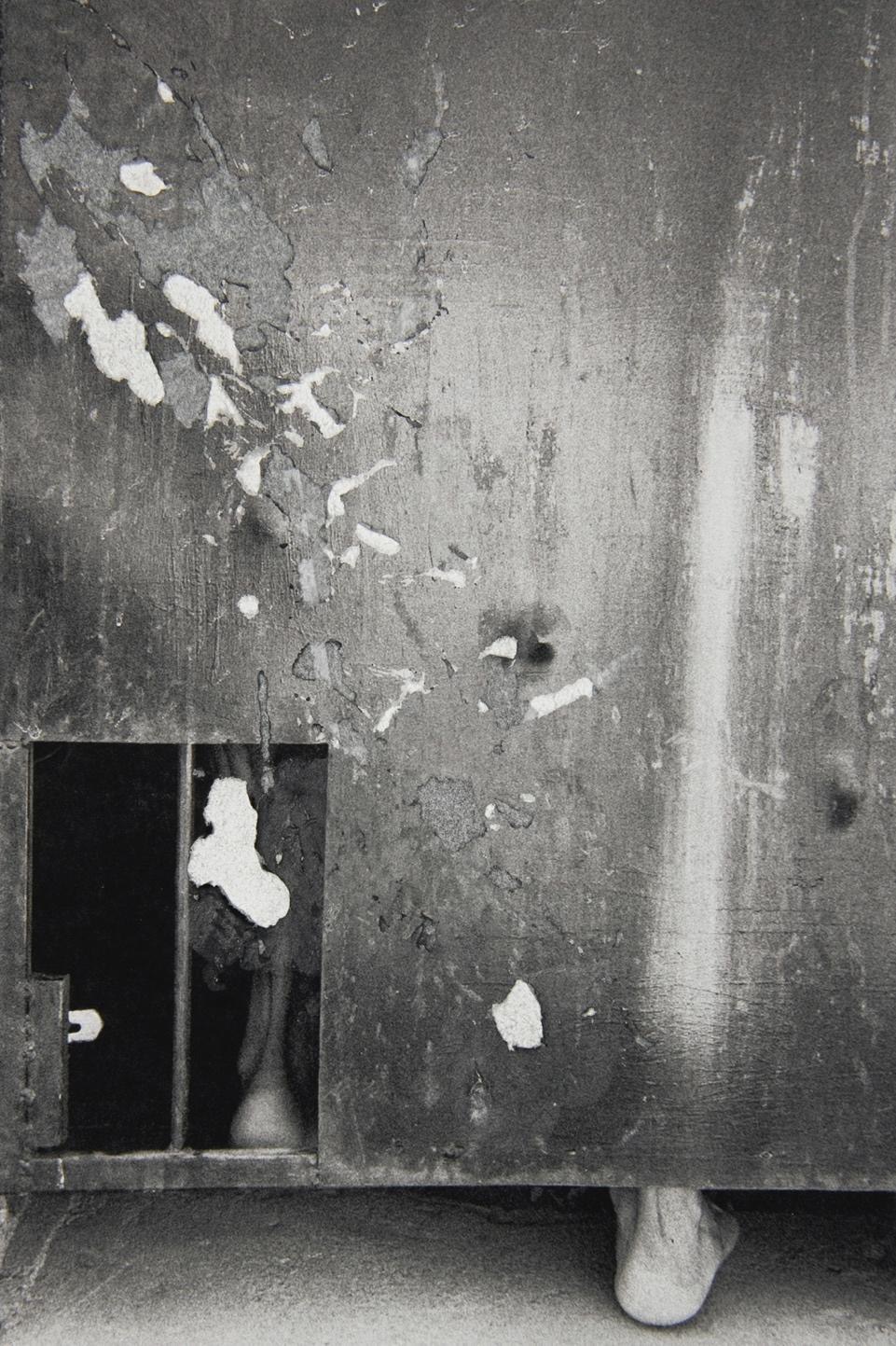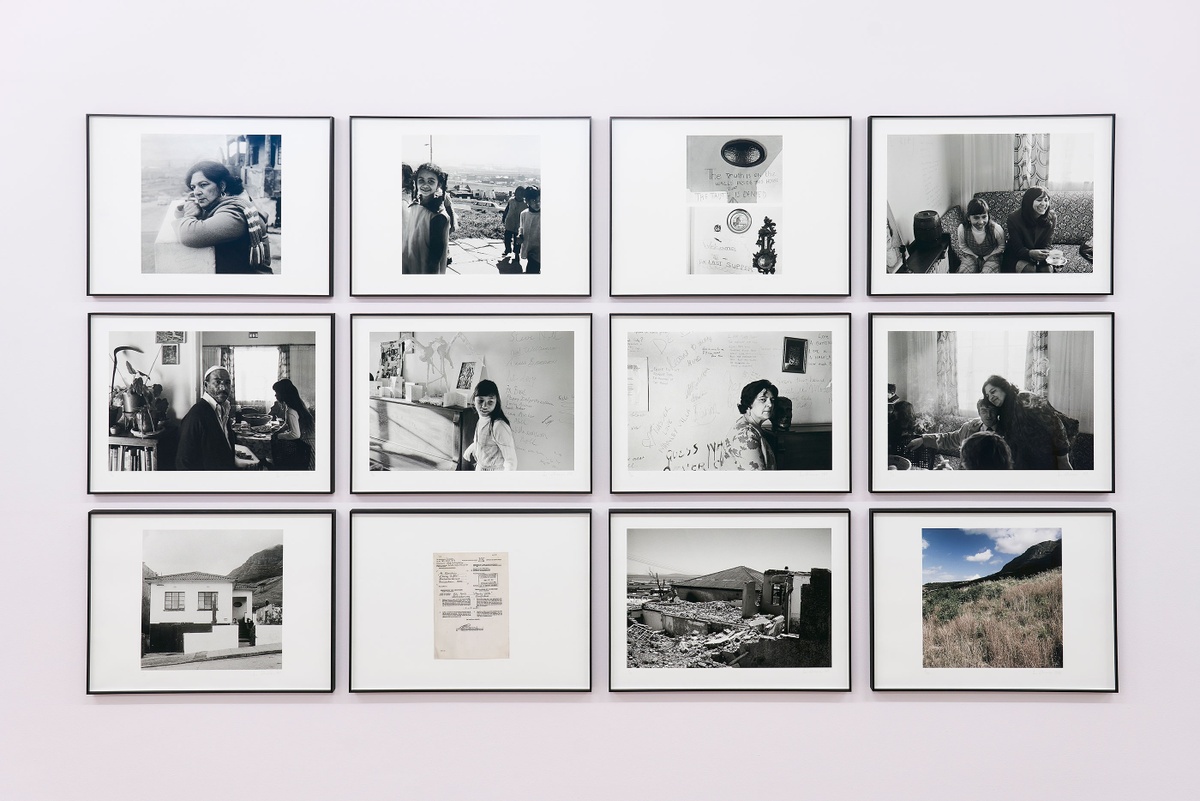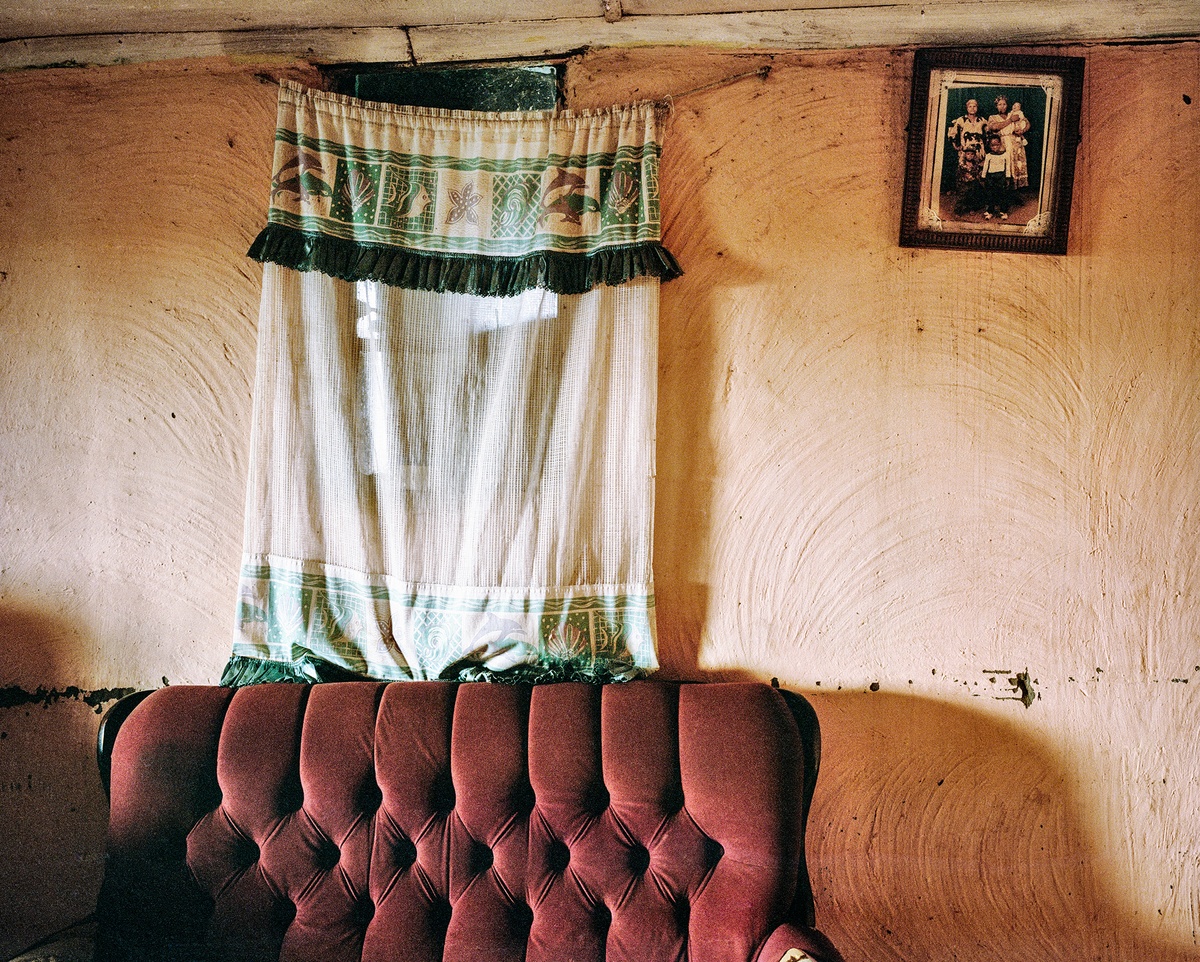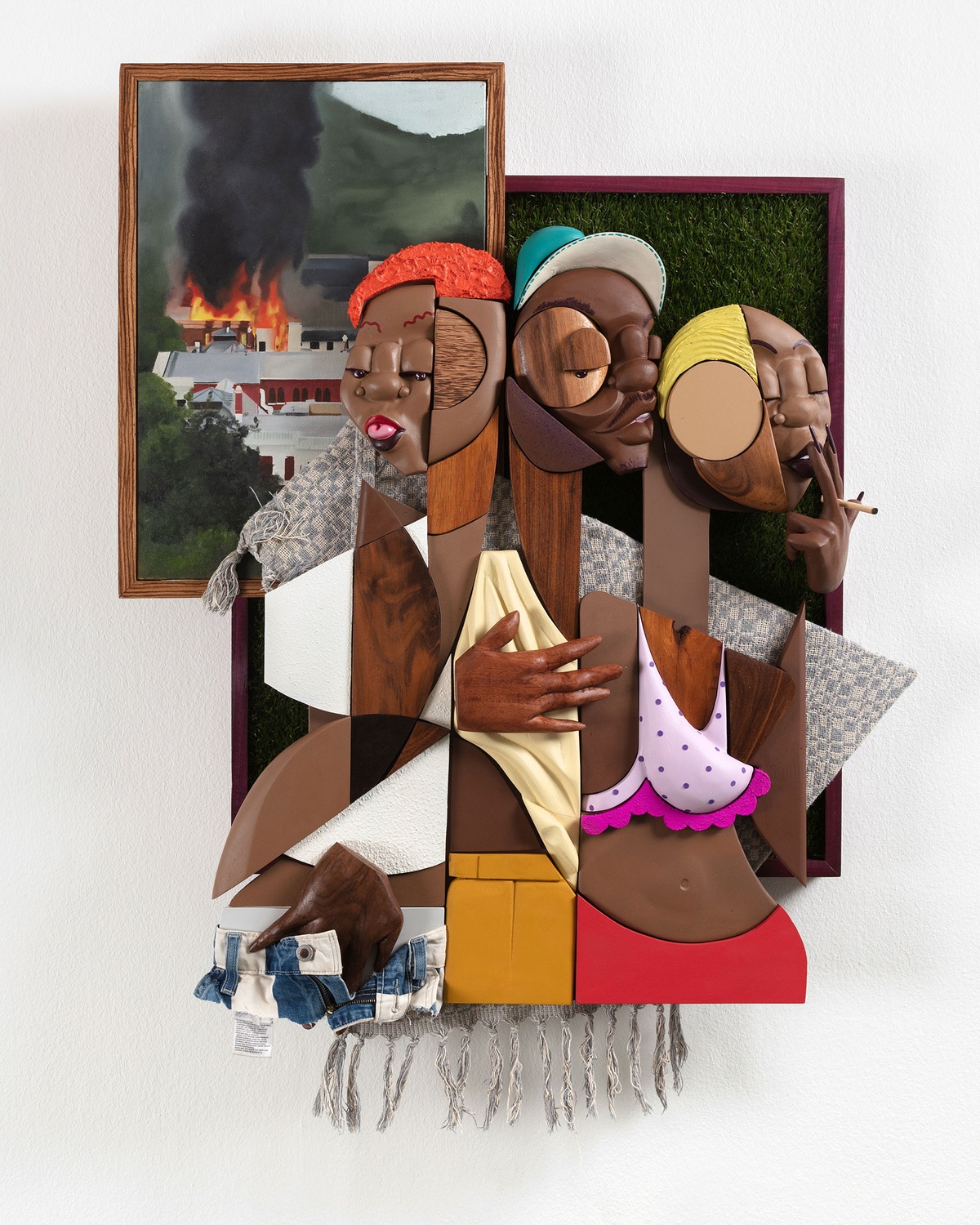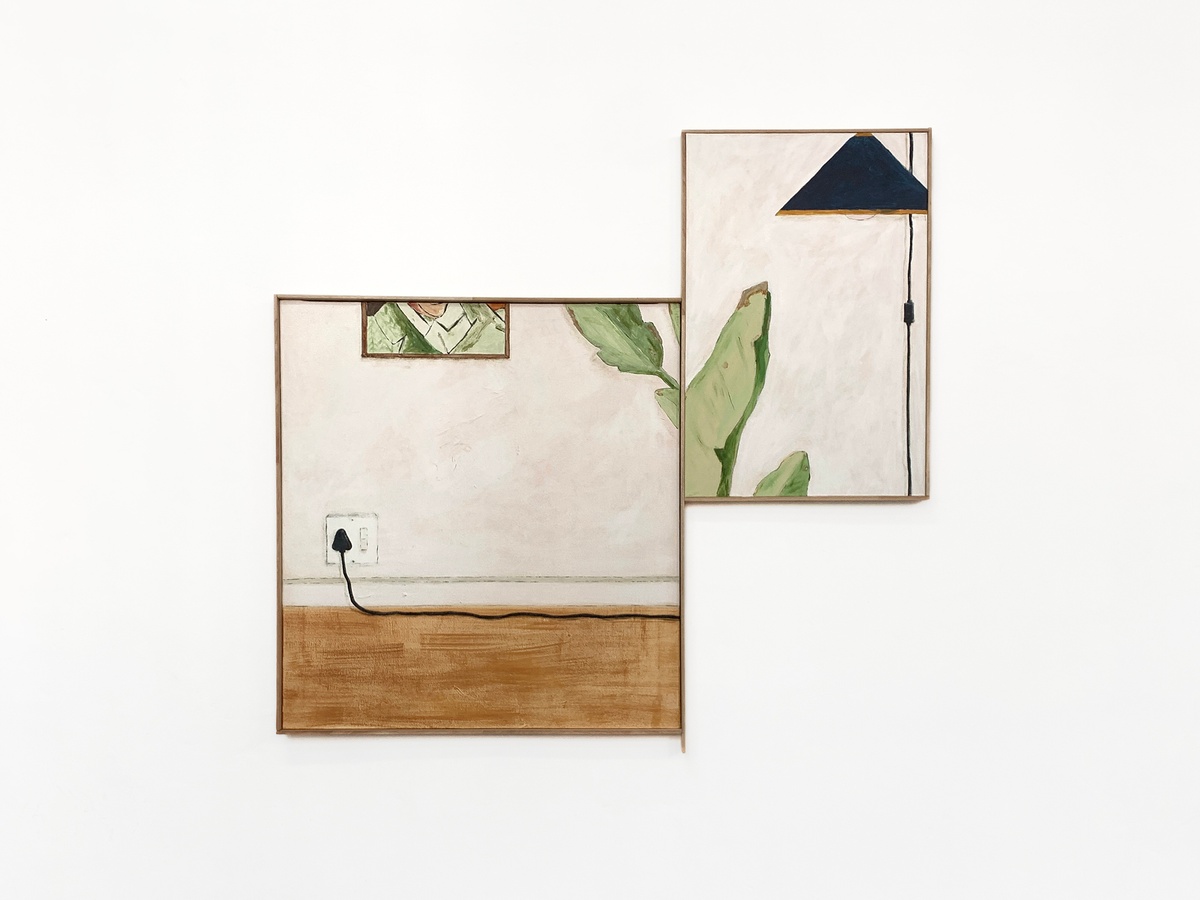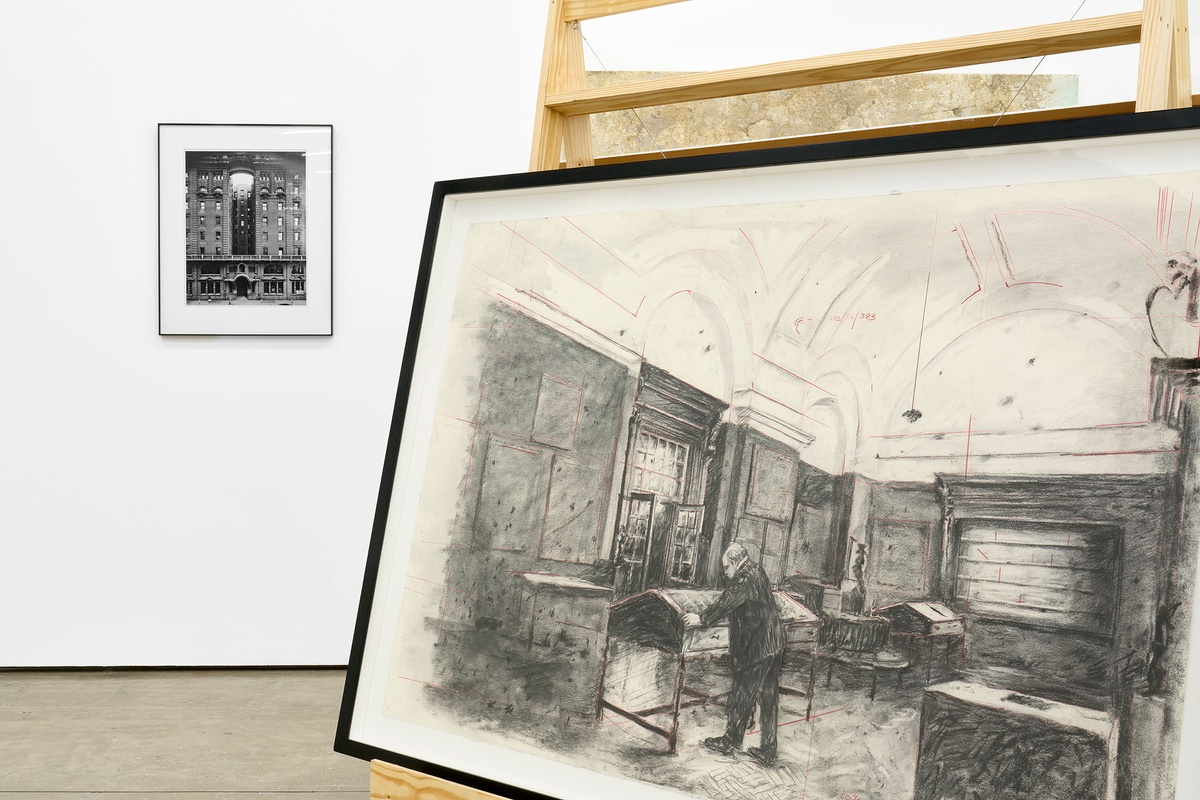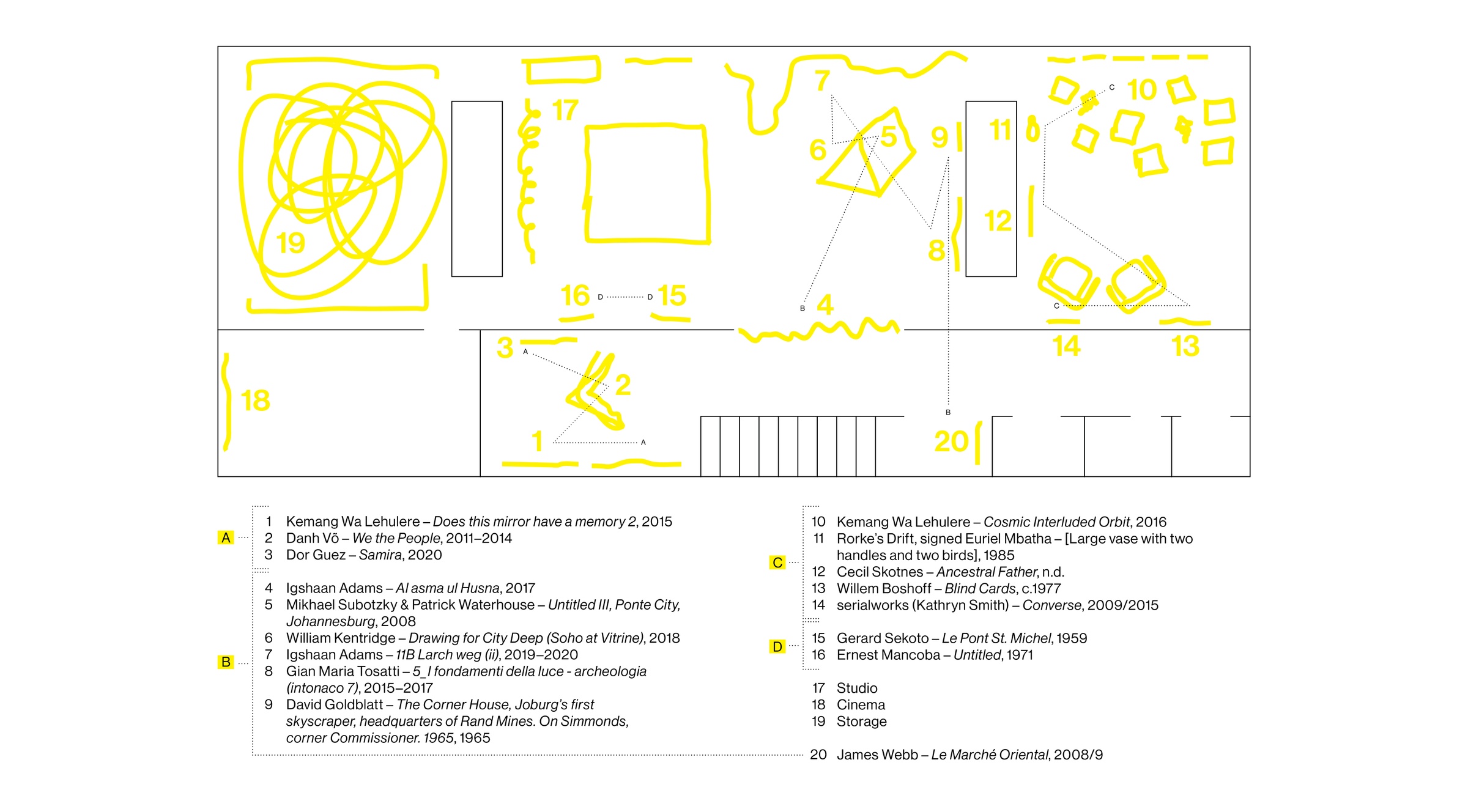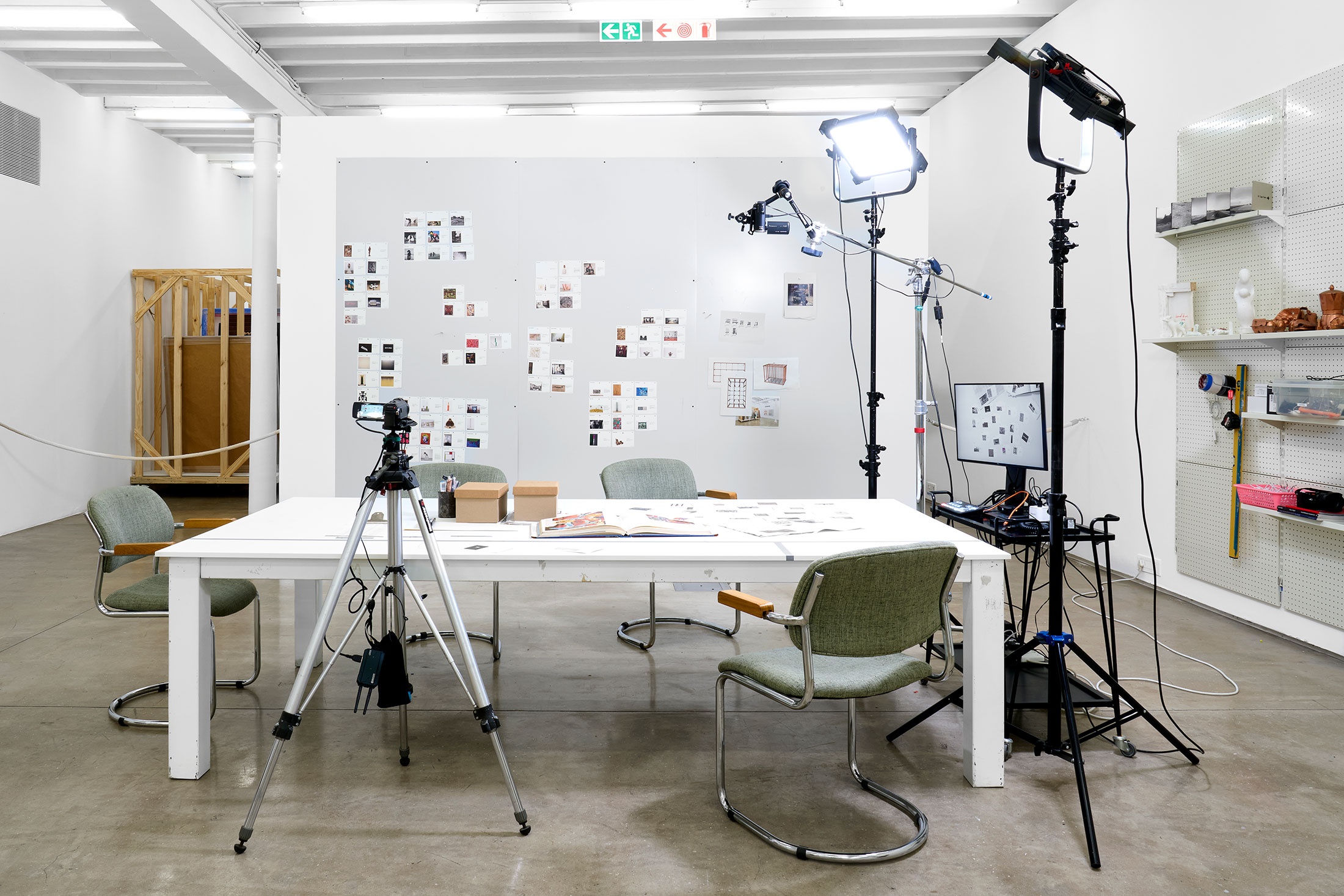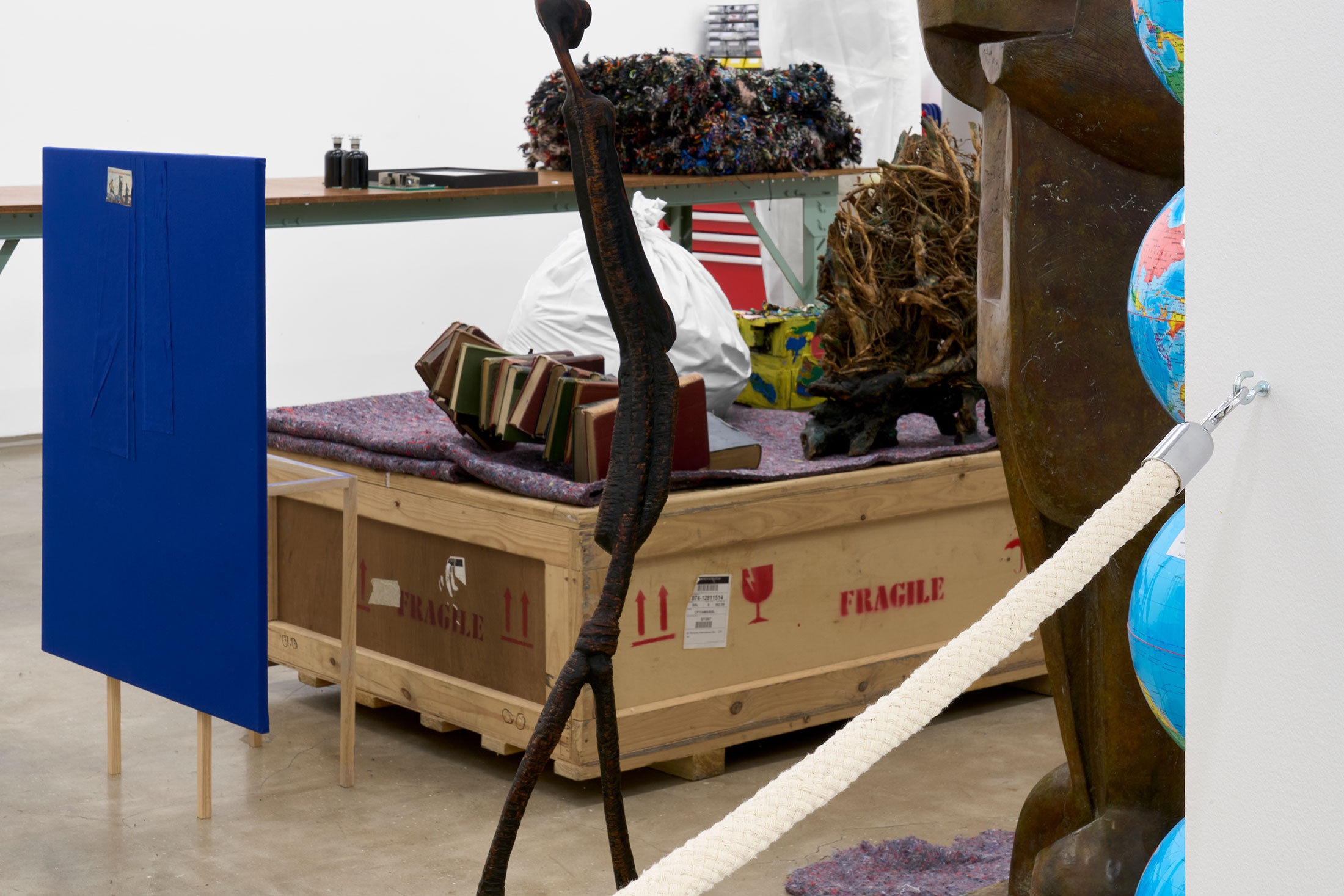The exhibition, Sightlines, sees our team position artworks in small, conversational groupings. When not installed at A4, these reside in our archive – a research environment for curators, arts workers, and practitioners who may wish to revisit past work. Sightlines shares viewpoints from this archive with visitors. What stories might these artworks tell while standing together?
In preparation for this project, we printed a deck of cards, with each card representing a work. Multiple discrete objects, given this uniform ‘frame’, could be played alongside one another. With everything pictured at once, connections became visible, uninhibited by geographical distance or pre-conceived hierarchies. This is a 'Sightline' – a passage to thought that emerges across the chatter of like and unlike things in the room. Sets of artworks constellate along an axis and come into focus. Our approach has been to edit and refine curious lines of sight, installing select artworks in the gallery with cards remaining as stand-ins for others.
Sightline A:
History will break your heart
A phrase borrowed from the title of Kemang Wa Lehulere’s 2015 exhibition, which debuted at the National Arts Festival in Makhanda. Two of Wa Lehulere’s works, Does this mirror have a memory 2 (2015) and Cosmic Interluded Orbit (2016), are included in Sightlines.
Sightline B:
In its place
Sightline C:
No ordinary school
Sightline D:
Equal in Paris
The title of this Sightline is taken from James Baldwin’s 1955 essay of the same name, in which the writer recounts how, the year following his arrival in Paris in 1948, he was arrested on suspicion of stealing a bedsheet. “And it must have seemed to me that my flight from home was the cruelest trick I had ever played on myself, since it had led me here, down to a lower point than any I could ever in my life have imagined – lower, far, than anything I had seen in that Harlem which I had so hated and so loved, the escape from which had soon become the greatest direction of my life.”
Ben Johnson
Writers:
Lucienne Bestall
(Sightline A, Sightline D)
Sara de Beer
(Sightline B, Sightline C)
Editor:
Sara de Beer
